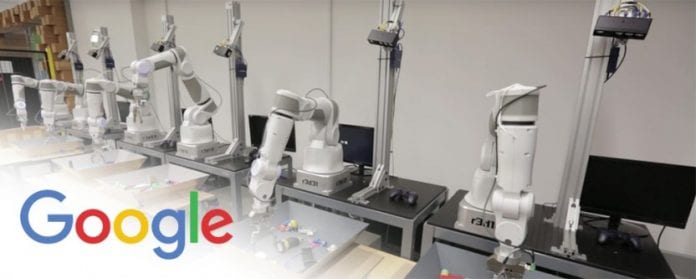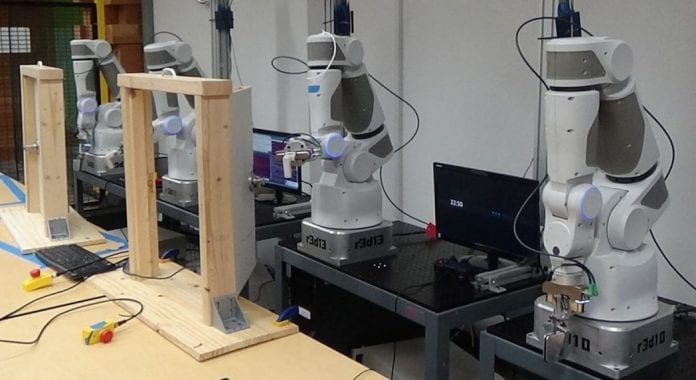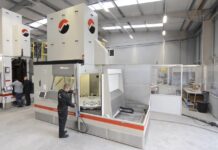Google is serious about getting robots to learn very fast by letting them share the experiences they have and together work on their capabilities.
Sergey Levine, a member from the team of Google Brain in trying to make sense of multiple robots learning together for general purpose said that roboticists have for many years wanted to get the robots to do simple things that can be found in offices and homes. Google in a bid to tackle this decided to make use of technology advances to combine together. They two new technology is cloud robotics that sees robots sharing skills and data making use of a repository online, and the other is deep neural networks that will enable robots to learn from the other.
In some of the experiments conducted, robots were able to improve when they carry out a task they have done previously. However, this was not enough for Google as it they went ahead to get these experiences of these robots into a common skill for them to learn from the other.
Robots are good in carrying out simple tasks like opening of doors and pushing objects, but when they are exposed to the experiences that other robots have had, they might be able to help humans in the daily live in the future.

Colleagues from X and Levina earlier in the year revealed how robots cab help itself grasp a task with neural nets. In the experiment carried out, robots after much failure at grasping things started improving as it retrained itself continuously.
Google carried out a test on 3 different scenarios. The first involved the robot learning from the trial-and-error of motor skills. They each made attempt at opening door severally. As they made the attempt, data is being sent to the central server concerning their performance that is usd in building a different neural network that increases their success rate.
Then in the 2nd scenario, the robots were expected to learn to communicate with objects and not necessarily by trial-and-error, but by creating something that mimics their environment, the objects and the behaviour in general. So the first step if for each robot to start with a copy of its neural network while experimenting with household objects. This experienced is then shared between the robots which are used to build a single predictive model that helps the researcher understand what they did to arrive at the pace they are.
The 3rd scenario is involves human helping robots to learn skills. Human beings naturally have intuition concerning their world and the objects they come across, and so in helping robots, some of this intuition can be passed on to the robot to help them learn faster. So an example is a human helping the robots to open various doors as their experiences are encoded on a single neural network that is based on a central server. Then the robots will perform this by trial-and –error and because they had the help of humans, they overcome this in matter of hours and not as long as it would have originally taken.
Google team admits that the skills the robots have been able to learn in the process is limited, but hopes that algorithms and robots improve and made readily available, the experiences they share will help in teaching robots on how to carry out some tasks.









